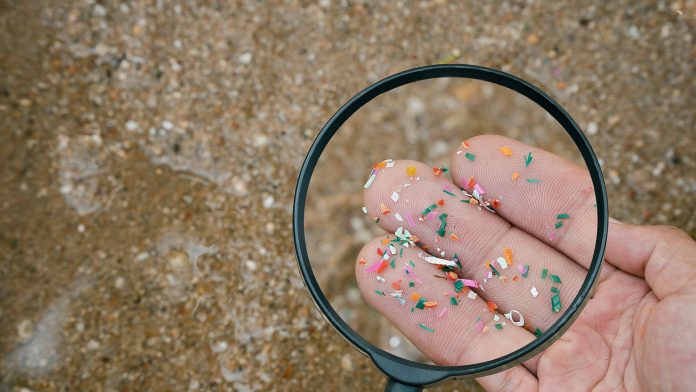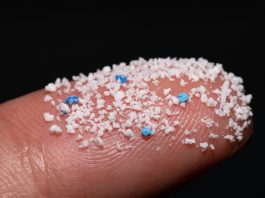A research team has developed the world’s first Machine Learning technology to rapidly and highly sensitively detect microplastics in the field.
Detecting microplastics early could pave the way for reducing pollution-related deaths, as they are known to cause human and genetic toxicity through environmental pollution and the food chain.
The team was led by Dr Ho Sang Jung of the Department of Nano-Bio Convergence at the Korea Institute of Materials Science (KIMS), a government-funded research institute under the Ministry of Science and ICT, in collaboration with the KOTITI Testing & Research Institute.
A paper detailing the technology, ‘3D Plasmonic Gold Nanopocket Structure for SERS Machine Learning-Based Microplastic Detection,’ was published in Advanced Functional Materials.
The technology can detect microplastics in record time
The on-site applicable technology to detect microplastics is a kit-type.
When filtered through a syringe filter-type microplastic detection kit, the type, number, and distribution of microplastics can be identified within 20 minutes without any pre-treatment.
The team synthesised a plasmonic material as a nano pocket that can capture and detect microplastics on the surface of a paper filter with microscale pores and amplify the optical signal of the captured pollutants.
When a microplastic sample solution is injected through a syringe, the Raman spectral signal is amplified on the nano pocket-type plasmonic material, enabling highly sensitive detection. The technology can also be used to detect MPs at the nanometre scale.
In addition, the research team pre-trained an Artificial Intelligence system on the unique Raman spectroscopy signals of microplastics so AI can determine whether the signal corresponds to detect microplastics, even if there are interfering elements in the sample.
This technology makes it possible to accurately identify microplastics, even in complex environments or human samples, as well as their concentration, distribution, and type.
The importance of new Machine Learning technology in this field
Questions about environmental pollution and human risk related to microplastics at home and abroad continue to arise. It has been reported that they are easily released from our everyday products, such as beverage containers and snack bags.

However, there has never been a method to detect microplastics of micro or nano size, so there is a need to develop technology to establish an international standard detection method.
Since this could lead to future regulations on plastic products and food and beverage containers, it is meaningful that the team developed technology to pre-emptively overcome import and export regulations due to future environmental problems by developing source technology.
Another advantage of this Machine Learning technology is that the general public can easily use it to detect microplastics when necessary since the sensor is made as a kit.
Dr Ho Sang Jung, a senior researcher at KIMS, concluded: “If this technology is commercialised, the technology for detecting microplastics universally will be more easily and rapidly disseminated.
“Based on this, KIMS will continue to spare no effort in developing material technologies for the safety of the people and future generations.”





